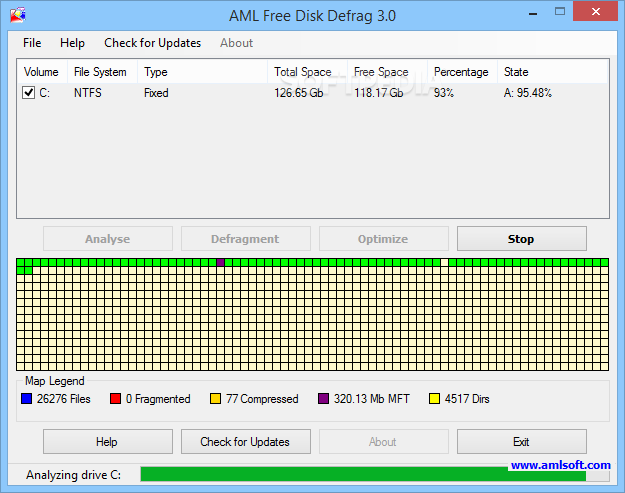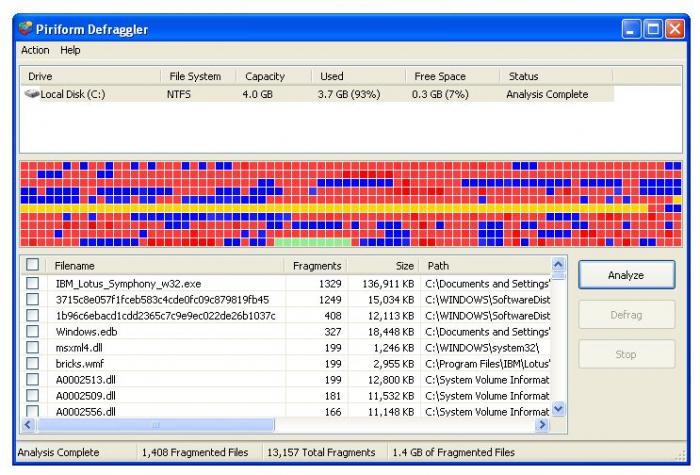
And with all the advanced techniques of disk optimization it has, Auslogics Disk Defrag Pro remains extremely compact and even easier to use! Now you can defrag every single file, including crucial system files that are normally locked by Windows.Īuslogics Disk Defrag Pro is not just a defragmenter any more, but a fully featured disk optimizer. Speed improvements and disks’ state can now be easily tracked through detailed reports and performance charts. Limit the use of system resources by the defrag process when you’re at your PC, or lift any restrictions for faster defrag. For faster and safer defragmentation, you can set the program to remove temp files and check disks for errors. On SSDs, it runs a TRIM command, which can potentially speed up the operation of your drive, but it isn’t really necessary as Windows does this in the background with modern drives.Auslogics Disk Defrag Pro not only defrags, but also can prevent further fragmentation by leaving free space after specified files. On a hard disk drive, this runs a defragmentation routine. Select the drive you’d like to defragment in the list, then click “Optimize.” Drives formatted as exFAT will not appear in the list. If one of your drives doesn’t show up, it may be because Windows 10 can only optimize drives formatted in the NTFS filesystem. The Optimize Drives window will appear, and it will list all of the drives in your system that are eligible for optimization and defragmentation.


RELATED: Do I Really Need to Defrag My PC? How to Defragment Your Hard Disk on Windows 10įirst, press the Windows key or click the search box on your taskbar and type “defragment.” Click the “Defragment and Optimize Your Drives” shortcut in the Start menu.

You might also need to defragment external hard disk drives connected via USB, as they may not be plugged in when Windows runs its automatic defragmentation. Still, it doesn’t hurt to keep your drives operating in the most efficient way possible.

Windows automatically defragments mechanical drives, and defragmentation isn’t necessary with solid-state drives. However, with modern computers, defragmentation isn’t the necessity it once was. Defragmenting moves all of those blocks so they are located close together in physical space, which potentially speeds up read times when accessing data on the disk. Over time, the data blocks (fragments) that make up files can become scattered in multiple locations around the surface of the hard disk.


 0 kommentar(er)
0 kommentar(er)
